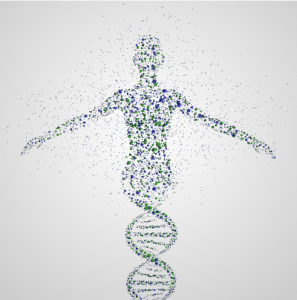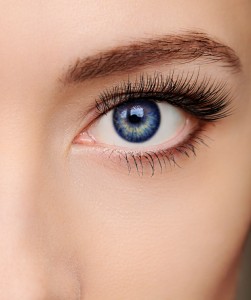Antioxidant
Glutathione – is this the secret to eternal youth? Well it is the secret #1 antioxidant. Glutathione is immune system maestro – glutathione – GLUTATHIONE (pronounced “gloota-thigh-own”). It’s the anti ageing secret we haven’t heard of.
Yet. SKIN – A 1982 study looked at 61 healthy subjects and 506 patients with various skin disorders. Lowered glutathione levels were observed in patients with psoriasis, eczema / atopic dermatitis, vasculitis, mycosis fungoides and dermatitis herpetiformis. Still asking what’s so important about antioxidants any way?
Glutathione (GSH) is one of the most critical molecules of the entire body. As the most important intracellular antioxidant, GSH regulates all other antioxidants while helping to prevent damage from reactive oxygen species, such as free radicals and peroxides. Read on to find out why…
Glutathione is a very simple molecule. It’s produced naturally all the time in your body. It’s a combination of three simple building blocks of protein or amino acids — cysteine, glycine and glutamine.
Glutathione
The secret of its power lies in the sulfur (SH) chemical groups it contains. Sulfur is a sticky, smelly molecule that acts like fly paper. So all the bad things in the body stick onto it. That includes free radicals and toxins like mercury and other heavy metals. Normally glutathione is recycled in the body — except when the toxic load becomes too great.
Glutathione – Cont’d
The body naturally produces glutathione. Glutathione is the most potent antioxidant, which also regulates all other antioxidants. But environmental and dietary toxins, emotional stressors and various health conditions can deplete glutathione levels. This will impair our immunity. It can also leave our body vulnerable to inflammation or illness. It may reduce natural cellular repair processes altogether.
We can test the genes involved in glutathione metabolism when it’s indicated in delivering the right treatment at Susannah Makram Clinics. These are the genes involved in producing enzymes that allow the body to create and recycle glutathione in the body. These genes have many names, such as GSTM1, GSTP1 and more.
These genes impaired in some people for a variety of important reasons. It doesn’t help that we evolved before 80,000 toxic industrial chemicals existed in our modern day environment. As Knightsbridge and Harley Street nutrition expert I can’t tell you how much of this I see. It doesn’t help either that we evolved before electromagnetic radiation was everywhere. Before we polluted our skies, lakes, rivers, oceans and teeth with mercury and lead. Almost of half of the population now has a limited capacity to get rid of toxins. These people are missing GSTM1 function.
Glutathione deficiency symptoms
Stress and Illness
We become susceptible to unrestrained cell disintegration from oxidative stress, free radicals, infections and cancer. Our liver gets overloaded and damaged, making it unable to do its job of detoxification.
Mental and Physical dysfunction
Research has shown that raised glutathione levels decrease muscle damage. If that wasn’t amazing in itself, raised glutathione levels also reduce recovery time, increase strength and endurance. Raised levels of glutathione also shift metabolism from production of fat to muscle development.
TO SUMMARISE –> Glutathione is critical for immune function and controlling inflammation. It’s the master detoxifier and the body’s main antioxidant. Glutathione protects our cells and making our energy metabolism run well.
ACG Glutathione Extra Strength from Results RNA also contains alpha lipoic acid, milk thistle and more. This is all designed to help naturally support GSH absorption and action.








